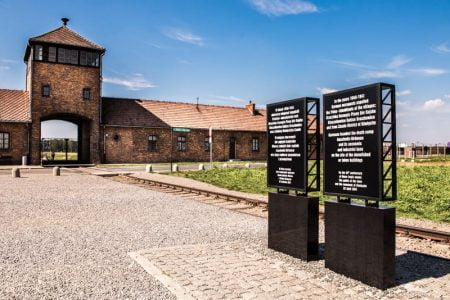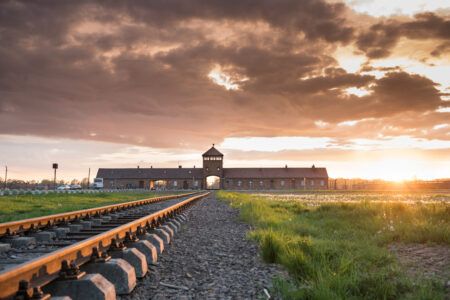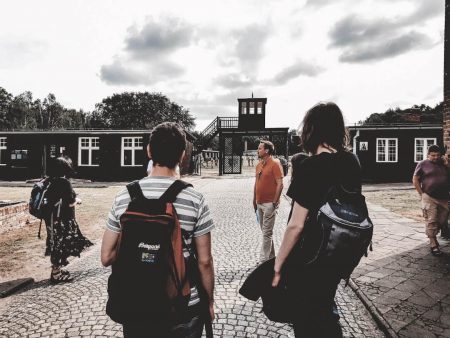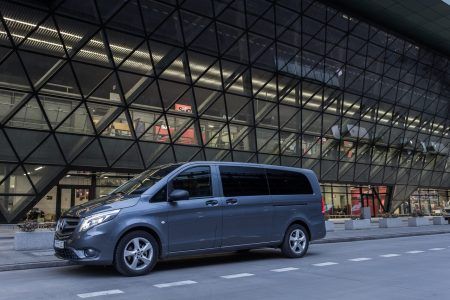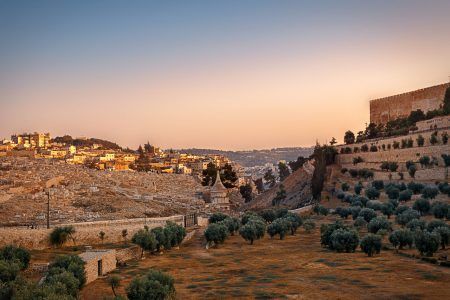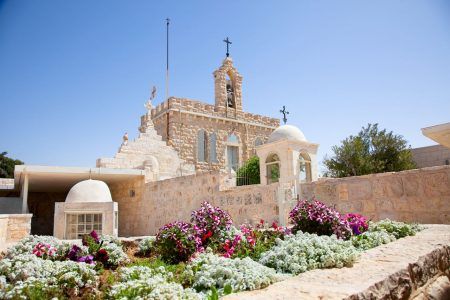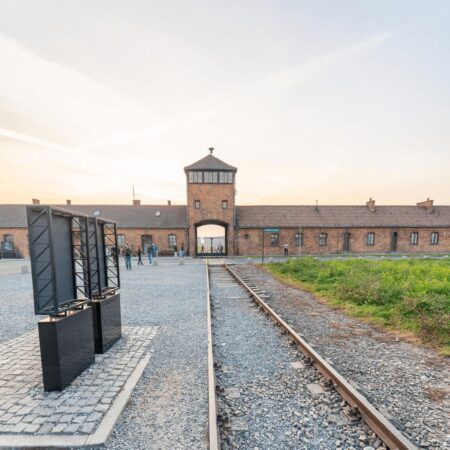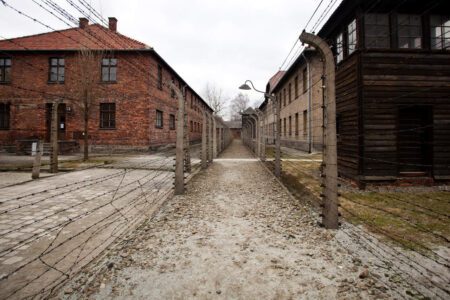Best Time to Visit Auschwitz: A Seasonal and Emotional Guide
Visiting Auschwitz is not merely about choosing a travel date; it’s about preparing your heart and mind for an experience that will stay with you for the rest of your life. The Auschwitz concentration camp, one of the most important memorial sites in the world, invites reflection and remembrance. But when is the best time to visit Auschwitz to ensure a meaningful, respectful, and smooth visit?

This guide explores that question from multiple angles – weather, crowds, accessibility, and personal reflection – helping you decide when to plan your journey.
Quick Facts
- Location: Oświęcim, Poland
- Opening Hours: Vary by season
- Museum is located: In Auschwitz I
- Public Holidays: Closed or crowded
- International Monument: UNESCO-protected site
- Million people: Over 2 million visitors annually
- Camp Complex: Includes Auschwitz I, Auschwitz II Birkenau, and Auschwitz III Monowitz
- Gas Chambers: Preserved in Birkenau
- Train Station: Nearby access with connections
- Barbed Wire: Still surrounds many areas
- Personal Belongings: Displayed in Auschwitz Museum
Why Consider Visiting Auschwitz?
A Journey That Deserves Preparation
Choosing the most convenient time to visit Auschwitz is not only about convenience. Visiting Auschwitz requires emotional readiness, time to reflect, and space to honor the millions who suffered under the Nazi regime. Understanding Auschwitz’s opening hours, crowd patterns, and seasonal conditions can help create a more personal and respectful experience.
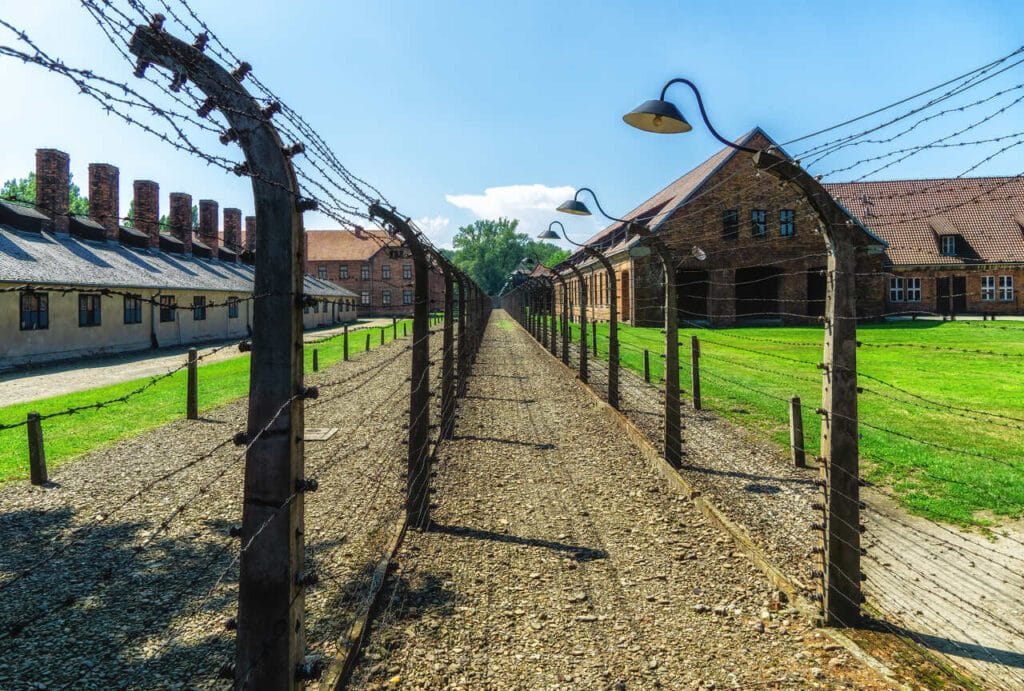
A Year-Round Memorial Site
The Auschwitz Museum and the broader Auschwitz Birkenau sites are open throughout the year. This makes it accessible during any season, but not every time of year will offer the same conditions for visiting Auschwitz.
Some visitors prefer the quiet solemnity of winter, while others appreciate the relative comfort of spring or autumn.
Visiting Auschwitz by Season
Winter: A Time of Intense Reflection
Months: December – February
Pros: Fewer crowds, more solemn atmosphere, stark visual realism
Cons: Freezing temperatures, shorter days, limited visibility
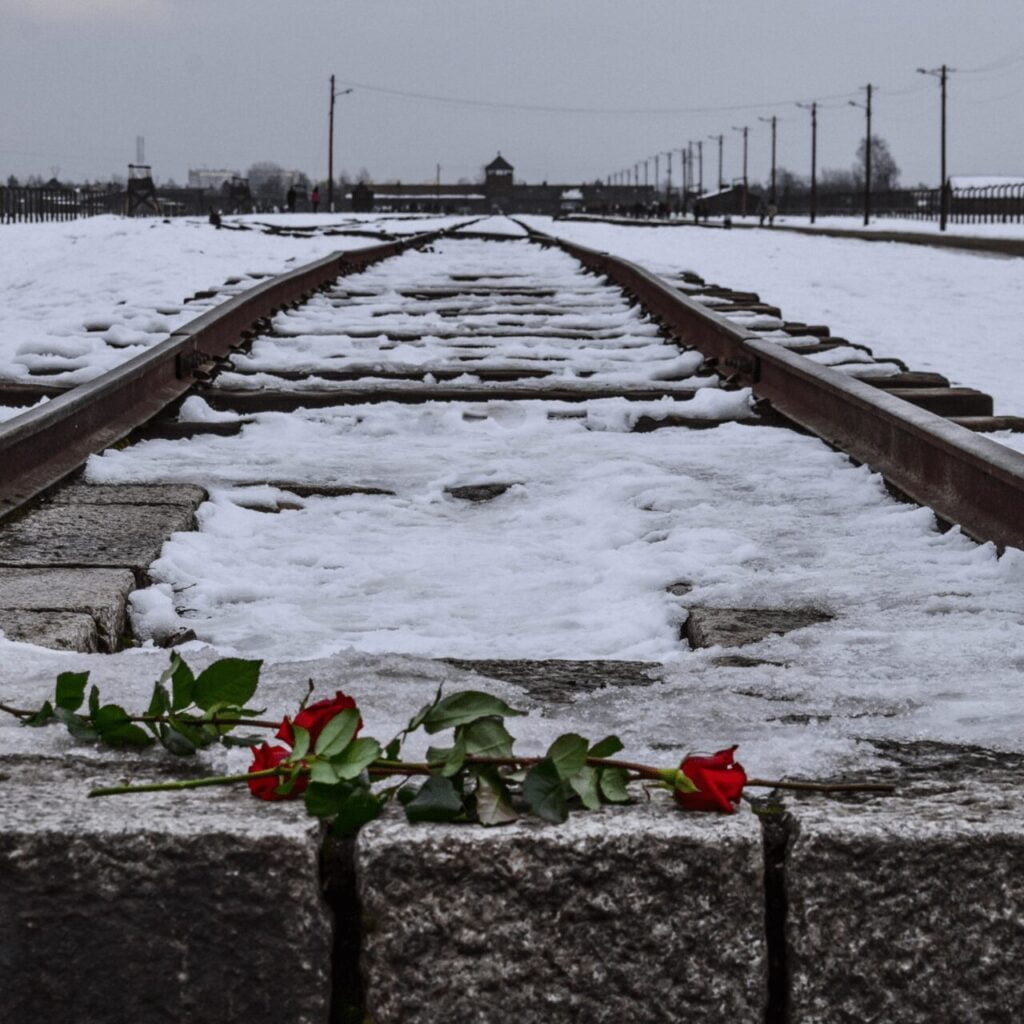
Winter offers fewer crowds and a haunting, raw atmosphere. The camp complex covered in snow reminds visitors of the freezing temperatures that prisoners once endured. However, be prepared for extremely cold conditions. Wear proper winter clothing, as standing outside in the vast Auschwitz II Birkenau can be physically challenging.
For many, winter is the best time to visit Auschwitz for personal reflection. The quiet amplifies the weight of history.
Spring: Pleasant Weather and Fewer Tourists
Months: March – May
Pros: Good weather, awakening nature, moderate tourist traffic
Cons: Variable temperatures, occasional rain
Spring is ideal if you’re seeking good weather and more personal space. The barracks and train tracks are easier to explore when the temperature is moderate. This season allows better access to Auschwitz Birkenau sites and the surrounding memorials.
Many visitors choose guided tours during spring, as the weather supports a full-day experience, and hotel pickup is often more flexible.
Summer: Extended Hours and Higher Traffic
Months: June – August
Pros: Longer opening hours, good weather, family travel season
Cons: Larger crowds, public holidays, potential heat

Summer is both a popular and controversial time to visit Auschwitz. On the one hand, longer opening hours and excellent weather mean you can cover more ground. However, the summer months also bring school trips, international visitors, and crowded guided tours.
If you plan to visit Auschwitz in summer, book your tour of Auschwitz well in advance. Opt for early morning or late afternoon slots to avoid the midday rush.
Autumn: A Golden Season for Reflection
Months: September – November
Pros: Mild temperatures, fewer crowds, beautiful light
Cons: Unpredictable weather
Autumn might be the best time to visit Auschwitz for those looking to balance crowd levels with favorable conditions. The atmosphere is quieter, making it ideal for personal reflection. The changing leaves frame the Auschwitz Birkenau Memorial with an almost surreal beauty.
Guided tours are still frequent, and hotel pickup remains easy to organize.
Understanding Auschwitz’s Structure
Auschwitz I: The Historical Core
This is where you’ll see the infamous “Arbeit Macht Frei” gate, barracks, and the first gas chamber. The Auschwitz site is located here and houses countless personal belongings of the victims.
Auschwitz II Birkenau: The Extermination Zone
Larger and more exposed, Birkenau is where train tracks delivered prisoners to their deaths. Gas chambers, wooden barracks, and the haunting expanse of this concentration camp speak volumes. This is often the most emotionally powerful part of visiting Auschwitz.

Auschwitz III Monowitz: The Forgotten Labor Camp
While Auschwitz III Monowitz is not typically part of public tours, it’s vital to understand this camp’s role. It served industrial purposes under the IG Farben company and underscores the tragic history of exploitation.
Logistics: Making the Most of Your Visit
Public Holidays and Crowd Control
Avoid public holidays when planning your time to visit Auschwitz. Days like Polish Independence Day, Easter, or All Saints’ Day see large local crowds. Public holidays can affect both opening hours and the availability of guided tours.
Guided Tours vs. Unguided Visits
While you can enter Auschwitz without a guide, guided tours are highly recommended. A designated tour guide adds invaluable context and historical depth and ensures you don’t miss key elements like the gas chambers, original barracks, or the train station.
Guided tours often include:
- Hotel pickup
- English-speaking tour guide
- Shuttle bus transfers between sites
- Entry tickets with skip-the-line access
When Is the Best Time to Visit Auschwitz for a Guided Tour?
Guided tours are available throughout the year, but the best time to visit Auschwitz for such tours is during spring and autumn. This balances accessibility, availability, and comfort.

Book your guided tour in advance, especially during summer months and public holidays. There are many ways to structure your trip:
- Auschwitz Birkenau & Salt Mine One Day Tour from Krakow
- Auschwitz & Birkenau Tour from Krakow
- Auschwitz & Birkenau Private Tour
- Auschwitz-Birkenau: Skip-the-Line Ticket and Guided Tour
We recommend booking your Auschwitz Birkenau guided tour in advance due to limited availability.
Practical Tips for Visiting Auschwitz
- Opening hours change seasonally. The museum closes earlier in winter.
- Prepare for emotional impact; visiting Auschwitz is not a casual experience.
- Avoid crowds by visiting midweek or during off-peak months.
- Dress appropriately. Winters are sometimes freezing, while summers may be hot.
- Bring water, snacks, and tissues.
- Respect the silence; it’s a space for reflection.
Emotional Considerations and Personal Reflection
Visiting Auschwitz is more than a historical field trip. It’s a journey into human history that demands humility. Whether standing beneath the “Arbeit Macht Frei” gate or walking along barbed wire, your experience will be deeply moving.
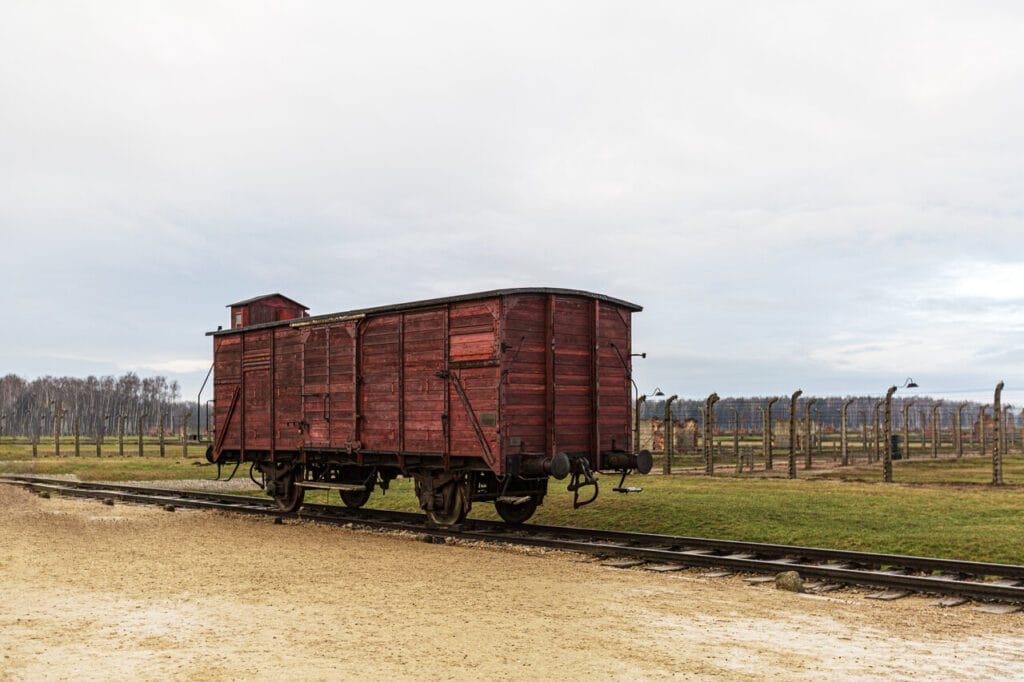
Many visitors return from their trip to Auschwitz changed, more aware of the importance of tolerance and human dignity. Such moments of reflection often stay with people long after they leave the Auschwitz site.
Final Thoughts: Is Auschwitz Worth Visiting?
Absolutely. Auschwitz is worth visiting, but it is not a question about sightseeing. It’s about remembering. It’s about understanding the consequences of hate and learning from the past.
Plan your time to visit with care. Think beyond weather and crowds. Consider your readiness for personal reflection. Let the place speak for itself.
Whether you stand in the original barracks, walk the train tracks, or gaze upon the Auschwitz Birkenau Memorial, you are part of a global effort to ensure that this tragic history is never forgotten.
Book Your Tour Today
MrShuttle offers year-round guided tours to Auschwitz with convenient hotel pickup, skip-the-line access, and expert tour guides. Whether you’re travelling alone, with family, or in a group, our tours ensure a respectful, informative, and unforgettable experience.
Book now to secure your spot and ensure the best time to visit Auschwitz is one that provides the comfort, depth, and dignity this experience deserves.
FAQ (Frequently Asked Questions)
- What can I expect when visiting the Auschwitz concentration camp for the first time? Visiting the Auschwitz concentration camp is a sobering and deeply emotional experience. You’ll encounter preserved buildings, exhibitions, and learn about the Holocaust and the atrocities committed by the Nazi regime.
- What is the difference between Auschwitz I and Auschwitz II Birkenau? Auschwitz I was the original main camp used primarily for administration and smaller-scale imprisonment. Auschwitz II Birkenau, on the other hand, was a vast extermination camp built to carry out mass murder on an industrial scale.
- Is visiting Auschwitz Birkenau emotionally difficult? Yes. Visiting Auschwitz Birkenau often evokes strong emotions, and many visitors find it to be one of the most powerful experiences of their lives.
- How do I prepare for visiting Auschwitz concentration camp? Read about the history of the Holocaust, wear respectful clothing, and come with a mindset ready to reflect. Guided tours are highly recommended for context and historical accuracy.
- Are guided tours available for both Auschwitz I and Auschwitz II Birkenau? Yes, guided tours typically include visits to both Auschwitz I and Auschwitz II Birkenau. A knowledgeable guide provides crucial historical background and survivor stories.
- How much time should I allocate to tour Auschwitz Birkenau? You should set aside at least 3.5 to 4 hours for a full tour of both Auschwitz I and Auschwitz II Birkenau.
- What is the best way to tour Auschwitz Birkenau? The best way is to join an organised guided tour that includes transport, entrance tickets, and an expert guide who can share the historical context of both Auschwitz sites.
- Can I visit Auschwitz Birkenau without a guide? Yes, you can visit independently, but a guided tour is strongly advised to gain a deeper understanding of the extermination camp’s history.
- Is the Auschwitz site open year-round? Yes, the Auschwitz Memorial is open throughout the year, although opening times may vary seasonally.
- What are the Auschwitz Memorial opening times? Opening times differ by month, with longer hours in the summer and shorter in the winter months. Always check the official site before planning your visit.
- Are there long entrance lines at Auschwitz Birkenau? During peak seasons, especially the summer months, entrance lines can be long. Booking in advance is highly recommended.
- What should I know about visiting Auschwitz Birkenau during winter months? In winter months, the weather can be cold. Dress warmly and wear appropriate footwear. Visitor numbers may be lower, providing a quieter atmosphere.
- Why is Auschwitz Birkenau often called an extermination camp? Auschwitz Birkenau was one of the largest concentration camps created by Nazi Germany during World War II, where over a million people were systematically murdered.
- Is there a difference between concentration camps and extermination camps? Yes. Concentration camps were primarily for detention and forced labor, while extermination camps like Auschwitz Birkenau were built specifically for mass murder.
- How does Auschwitz Birkenau represent the Holocaust? Auschwitz Birkenau stands as the most infamous symbol of the Holocaust and the Nazi concentration camp system, where the scale of atrocities is deeply documented.
- Is visiting Auschwitz Birkenau suitable for children? The site is recommended for visitors aged 14 and older due to the sensitive and graphic nature of the exhibitions.
- Where is the Auschwitz Memorial located? The Auschwitz Memorial is located in Oświęcim, Poland. It includes the preserved sites of both Auschwitz I and Auschwitz II Birkenau.
- Why do people visit both Auschwitz sites? Visiting both Auschwitz I and Auschwitz II Birkenau provides a complete perspective on how the Nazi concentration camp system operated.
- What should I expect during the tour of both Auschwitz? Expect to see original barracks, gas chambers, crematoria, and railroad tracks that transported victims. It’s an intense and educational experience. average temperature close proximity obviours reasons.
- Why should visitors check the average temperature before visiting Auschwitz? Due to the site’s open layout and close proximity to the mountains, checking the average temperature is recommended for obvious reasons, such as ensuring appropriate clothing and comfort during the visit.
